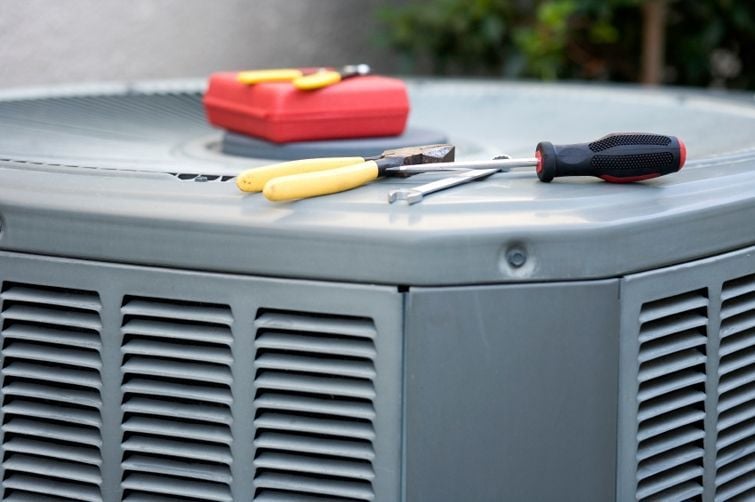Each year, thousands of Arizona residents email or call Rosie Romero’s radio show with questions about everything from preventing fires in their chimneys to getting rid of tree roots invading their sewer system. His goal is to provide answers that suit the specific lifestyle wherever someone lives in Arizona.
Q: My two-story, 1,300 square-foot townhome has air-conditioning problems and probably the whole system needs replacing. My current unit is about 20 years old and occasionally it makes screechy, metal-on-metal noises. I’ve never bought an air conditioner before, so what do I do? Should I buy a new unit or a used one? What should I watch out for?
A: It’s unlikely that you will be able to find a good supply of decent used air conditioners on the market. You’ll probably have to install a new system. One thing to keep in mind is that many air conditioning contractors will try to sell you a larger size system. But bigger is not always better. You probably don’t want to go smaller than the system you now have, but today’s air conditioners are much more efficient, and you won’t have to install a larger unit.
An oversized AC stops and starts more often; that costs more kilowatt hours and could lead to mechanical breakdowns. Oversized air conditioners do not run long enough to dehumidify the air. A smaller unit will run longer and perform more efficiently.
Q: I have an older manufactured home that needs its forced-air heating system replaced. But instead of continuing with forced-air, I want to put in a hydronic heating system with a tank- type water heater, hot water radiators in the bedrooms and some radiant heating in the floor in the bathroom.
I plan on doing the work myself, but I need to get some design help from an expert on this. Who can help me?
A: Radiant heating does have its advantages; because it doesn’t use blowers and thus doesn’t circulate dirt, dust, pollutants or allergens throughout the home. It’s possible that some heating and air conditioning companies in the Tucson area might be able to help you, but you may also want to call a company in Flagstaff where use of hydronic or radiant heating will be more common. They might be able to talk you through the issues and offer assistance with buying equipment.
Q: I have a small paving project that I want to do myself in my backyard. I have about 300 to 400 square feet of space where I want to install pavers. About 150 square feet of that is concrete and I want to keep the concrete and lay pavers on top of it. Paver experts tell me that for the concrete part of the job, I have to put a layer of geo-textile cloth down and then put sand on top of it. Why can’t I just fasten the pavers to the concrete?
A: Their advice is right; the best way to go with the concrete area is to lay the cloth down, then the sand layer, and finally the pavers.
But on the edges of the concrete area, you can put down a layer of thinset and then lay pavers on top of that. Instead of thinset, you could use concrete adhesive.
On the bare soil areas where you’re laying pavers, you probably need to dig out the area of the patio and also lay down the geo-textile cloth, then a base layer followed by sand. The pavers need to be compacted into the sand.
Laying pavers can be a complicated process. To do it yourself correctly, you may need to study up on the necessary techniques before starting the job.





